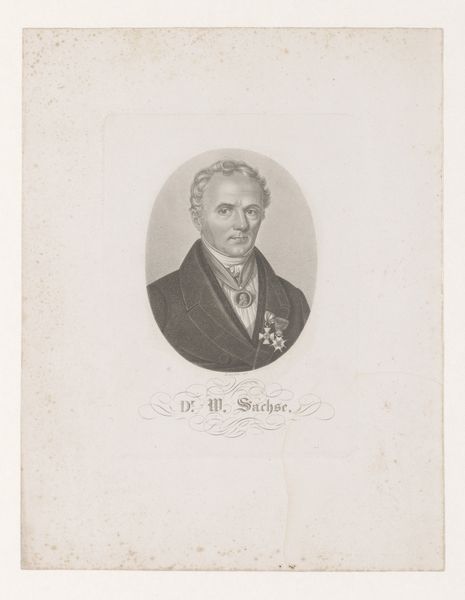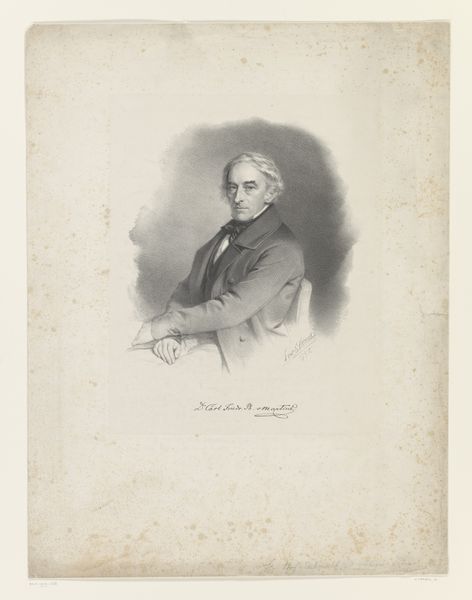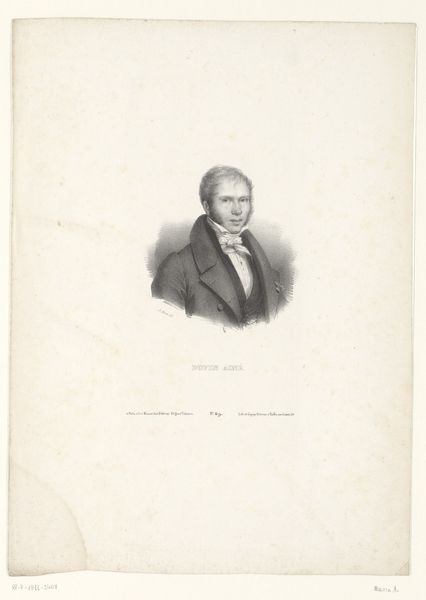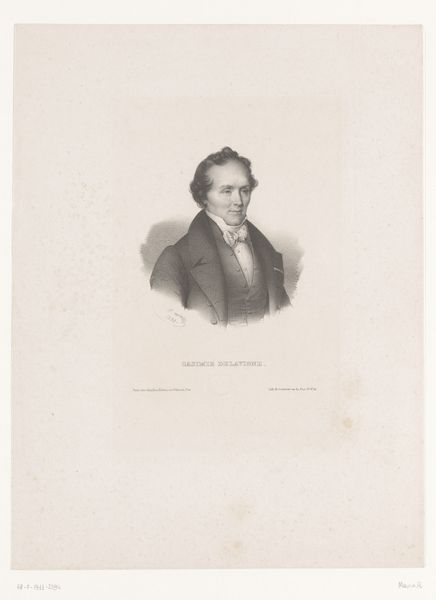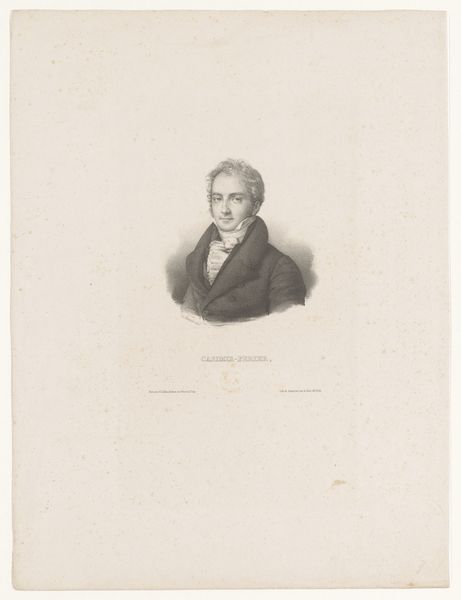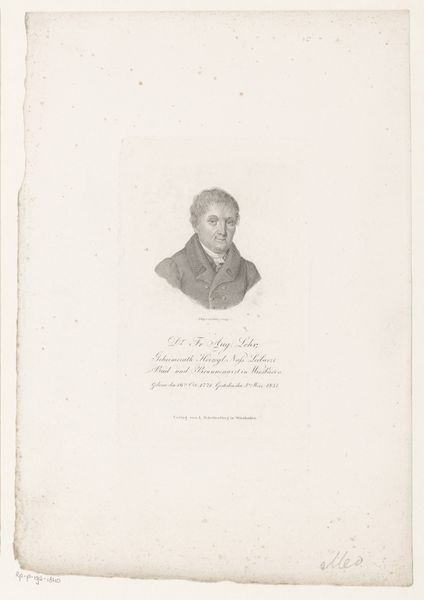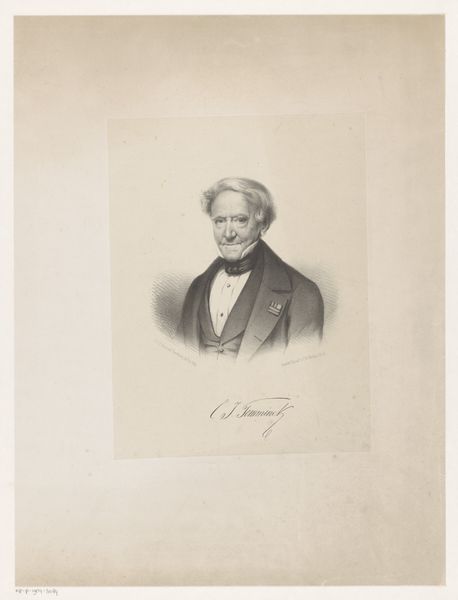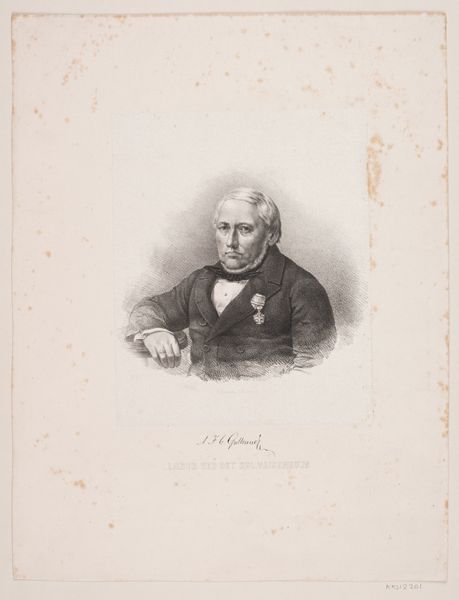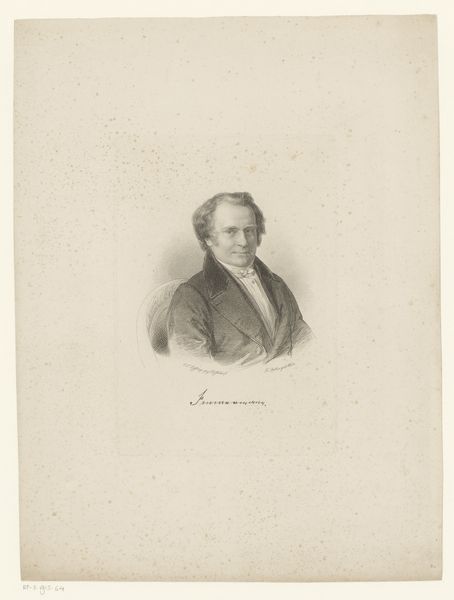
Dimensions: Plate: 11 7/8 × 9 3/16 in. (30.2 × 23.3 cm) Sheet: 16 13/16 × 13 3/8 in. (42.7 × 33.9 cm)
Copyright: Public Domain
This is George Richmond's 1863 portrait of John Keble, rendered in graphite and watercolor. Keble was a prominent figure in the Church of England, and this image offers insight into the visual culture surrounding religious figures in Victorian England. Notice the subtle details, like the soft shading of Keble's face and the delicate rendering of his clerical collar. Richmond's portrait captures Keble's intellectualism and spiritual dedication. England's religious and social landscape deeply influenced the artwork. Keble was a key leader of the Oxford Movement. The movement sought to revive Catholic beliefs and rituals within Anglicanism. Portraits like these served not only as personal mementos, but also as symbols of the sitter's values and social standing. These portraits were often commissioned and displayed within specific social and institutional contexts, reinforcing particular social norms. By examining church records, biographies, and period publications, we can uncover the complex interplay between art, religion, and society in Victorian England. Art is always contingent on its historical context, shaping and reflecting the values of its time.
Comments
No comments
Be the first to comment and join the conversation on the ultimate creative platform.

